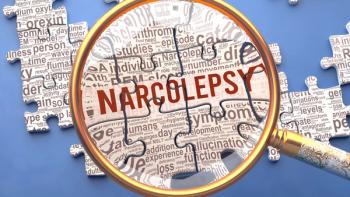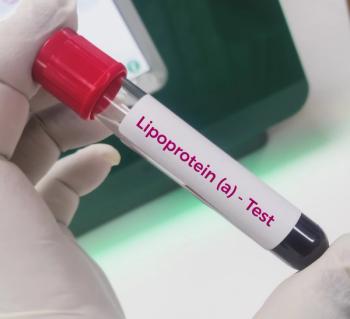
Wearables Help Detect Dementia
New remote patient technology applications could be the new norm for healthcare.
A blend of consumer devices and mobile apps could help detect early signs of dementia, according to results of a new study.
The
“Apple represents mass adoption,” says Anthony Brooke, VP of strategy for product, partnerships and data analytics at GetWellNetwork, a digital consumer health tech company based in Bethesda, Maryland. “They are never the bellwether for bleeding edge technology that simply works, rather they are the bellwether of mass adoption. It continues to be fascinating to me that we are seeing real innovation originating from nontraditional healthcare companies.”
Related:
For clinicians, this news “means we are at an inflection point where patient reported data, often from non-FDA certified devices, starts to gain clinical acceptance,” says Brooke. “It means that automated remote monitoring is going to rapidly become more commonplace; it helps that CMS had the foresight to approve reimbursement for remote monitoring late last year. The board is set-go. “
Healthcare IT
In terms of healthcare IT, Brooke describes this move as “yet another integration and further evidence that the EMR will not be the sole source of truth for the whole view of a patient’s health and well-being. Smartphones, Smartwatches, and activity trackers are just the beginning,” he says. “I anticipate a need to shift from batch processing model to streaming data architecture. This is a large change in paradigm and one that healthcare can learn a thing or two from the likes of LinkedIn, Netflix, and the New York Times. Web scale is where we are excited by processing 250,000 messages a second. Steaming solutions ... help us handle web scale and give rise to advanced decision support.”
Brooke encourages healthcare executive to watch the trend and embrace it.
“Remote monitoring is one way to directly monetize the effort, but I see an opportunity to further connect with our patients at a loyalty level,” he says. “When (your health system here) calls my wife to schedule an appointment for me, because analysis of my gizmo indicates possible onset of dementia or another possible disease state, I guarantee that appointment will be scheduled in your system. For the customer (patient)-loyalty is conveniences and personalization-for your system it means greater share of wallet and better outcomes.”
Newsletter
Get the latest industry news, event updates, and more from Managed healthcare Executive.






















































